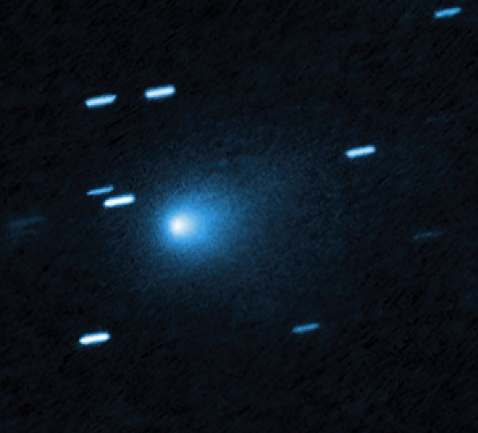The Third Interstellar Visitor Transforms Our Solar Systems Understanding
Explore 3I Atlas, the largest and brightest interstellar comet discovered in 2025. Learn its origins, trajectory, and scientific significance now.
The cosmos delivered another remarkable chapter in 2025 with the discovery of 3I Atlas-officially designated as C/2025 N1 (ATLAS). This dazzling object represents the third confirmed interstellar visitor to traverse our solar system, igniting worldwide scientific intrigue and public fascination.
What is 3I Atlas?3I Atlas is an interstellar comet, meaning it was born beyond our solar system and follows a hyperbolic, unbound trajectory around the Sun. Detected on July 1, 2025, by the NASA-funded Asteroid Terrestrial-impact Last Alert System (ATLAS) in Chile, Atlas was observed as it entered the inner solar system at about 4.5 astronomical units away from the Sun-roughly 670 million kilometers. Its rapid velocity, unbound path, and coma of gas and dust revealed its truly alien origin.
Rare Status: Only Three Interstellar Objects KnownAtlas stands alongside only two other confirmed interstellar visitors: the enigmatic 1I/‘Oumuamua (2017) and comet 2I/Borisov (2019). Each discovery broadens our knowledge of cosmic wanderers, reinforcing the notion that such travelers are more common than once thought.
Trajectory and Composition3I Atlas moves at 58–68 km/s relative to the Sun-an exceptional speed for solar system objects-and will never approach closer than 1.8 AU from Earth, making it a safe spectator event for planet-watchers on Earth.
Hubble Space Telescope data suggest Atlass nucleus is likely less than 1 km in diameter, though estimates range higher due to its enveloping dust coma. Its approach to the Sun in late October 2025, at 1.36 AU, will continue to highlight its tail and reveal more about its composition. Early studies detect water ice and vapor, with potential for other volatiles like carbon dioxide and carbon monoxide yet to be confirmed.
Galactic OriginsAtlas appears to have originated in the thick disk of the Milky Way, a region populated by ancient stars. This means the comet could be older than our solar system itself, with some analyses estimating an age of up to 14 billion years. Its composition-rich in water ice-may reflect the early chemistry of other star systems.
Scientific OpportunityThe arrival of Atlas presents astronomers with an extraordinary opportunity to study the mechanics of cometary activation and the building blocks of distant planetary systems. By analyzing its dust, gas, and orbital data, researchers forge new insights into interstellar processes and galactic evolution.
Advanced telescopes, including the Hubble and anticipated studies with the James Webb Space Telescope, will dissect Atlass makeup during its passage. Every observation adds depth to humanitys understanding of the universes diversity and our solar systems context within it.
The story of 3I Atlas isnt just about a cosmic newcomer-it is a rare lens into the primordial past of the galaxy. As this interstellar comet speeds through our neighborhood on an ancient trajectory, it challenges and enriches our quest to unravel the mysteries of the universe.
The Third Interstellar Visitor Transforms Our Solar Systems Understanding
